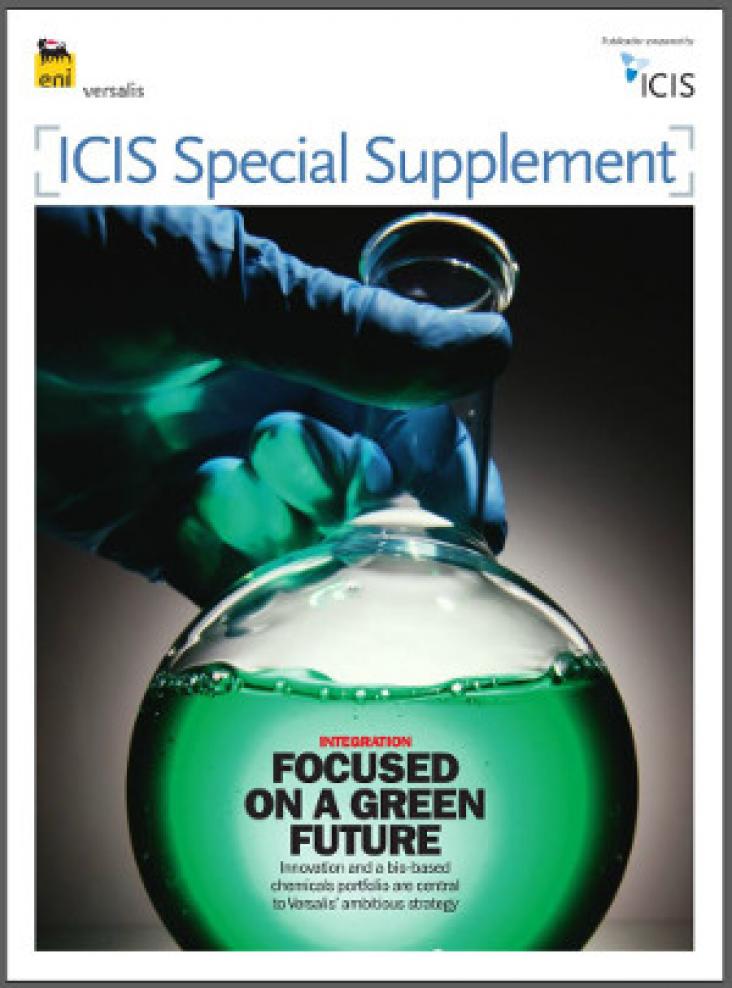It is well known that there is a need to develop technologies to achieve thermal comfort in buildings lowering the cooling and heating demand.

An idea spawned a decade ago finally becomes a reality as Solar Impulse prepares for the first round-the-world flight by a plane producing zero emissions. Collaboration across several partners has been a key component to developing the materials and design of Solar Impulse. Innovations like this are vital to SDG 7.2 to increase substantially the share of renewable energy in the global energy mix.
Analysis of steam and water losses in the Total Site (TS) utility system is critical in process industry.
This article describes the key challenges and opportunities in modeling and optimization of biomass-to-bioenergy supply chains.

Italy's leading petrochemical producer, Versalis has taken a fundamental shift in its strategy and direction, to renew its focus on innovation and green chemistry, providing opportunities for growth. This is the ICIS/Versalis supplement about green and bio-based chemicals and sustainabliity with videos embedded. Green chemistry fits in with SDG 9 Industry Innovation and SDG 7 Affordable Clean Energy.
This paper defines the concept of 4th Generation District Heating (4GDH) including the relations to District Cooling and the concepts of smart energy and smart thermal grids.
Energy is central to the survival and prosperity of human society, which explains the social sciences' interest in energy production, consumption and distribution.
This report discusses how companies around the world can demonstrate leadership on climate action by aligning corporate voluntary greenhouse gas reduction targets with climate science. This report links to Goals 7, 12, 13, 14 and 15.
Based on literature and six country studies (Belgium, Denmark, Finland, Netherlands, Sweden, Slovakia) this paper discusses the compatibility of the EU 2020 targets for renewable energy with conservat
Wood residues from forest harvesting or disturbance wood from wildfire and insect outbreaks may be viewed as biomass "feedstocks" for bioenergy production, to help reduce our dependence on fossil fuel
